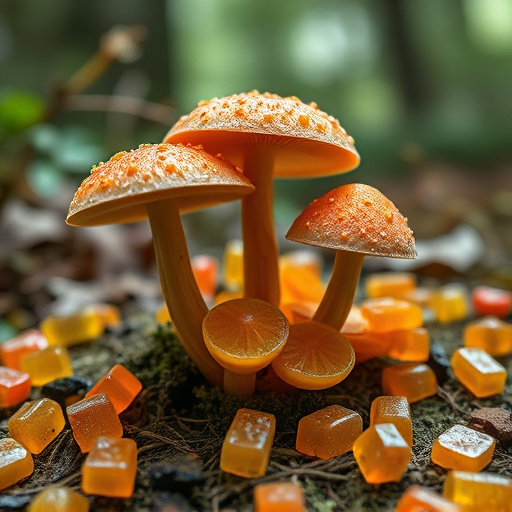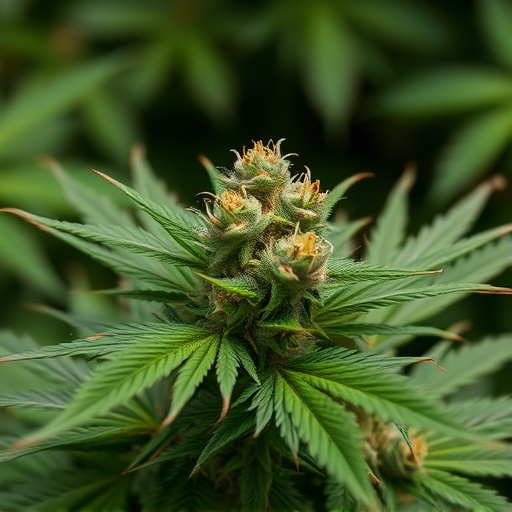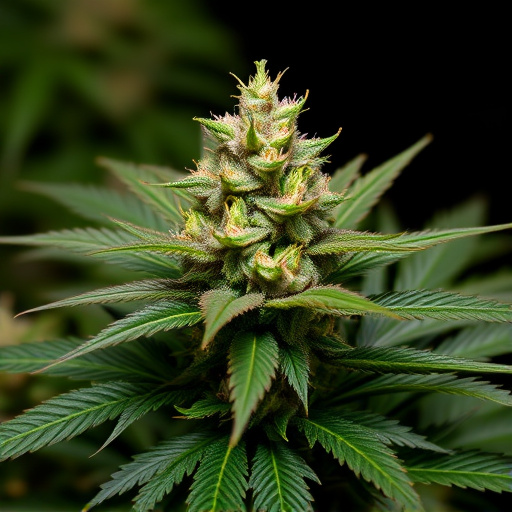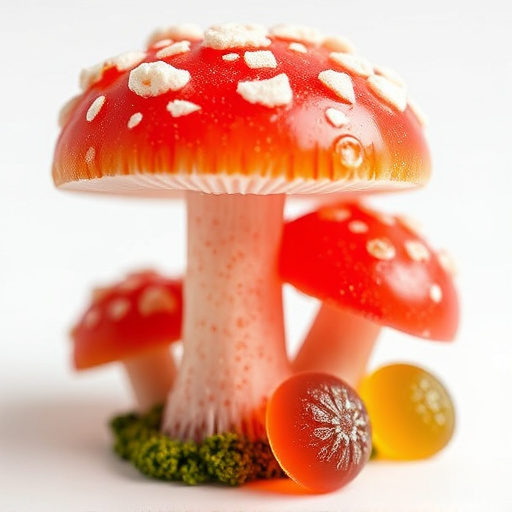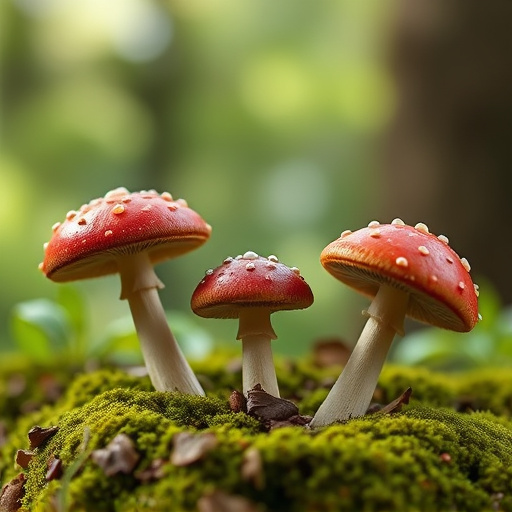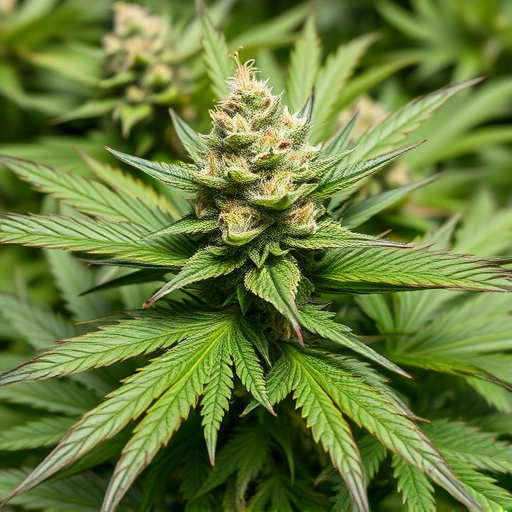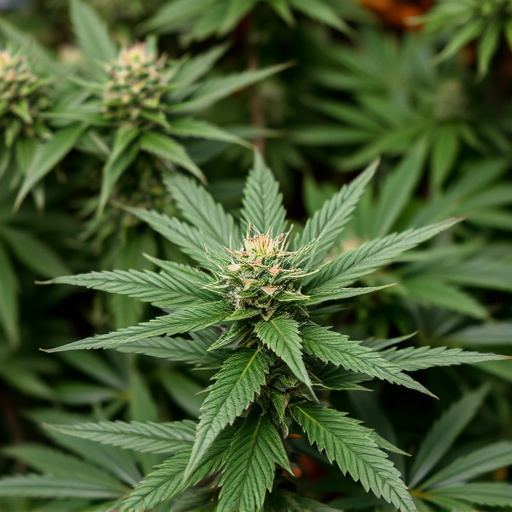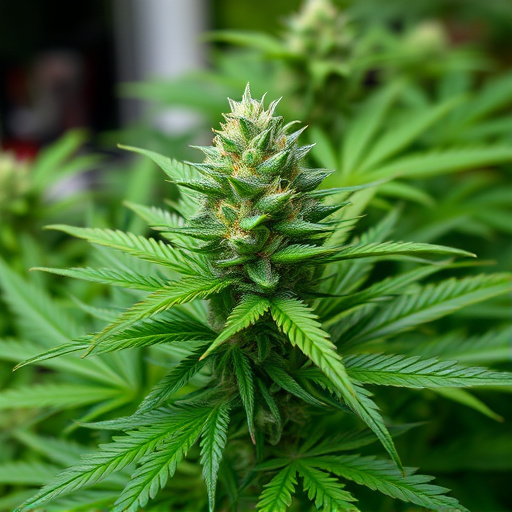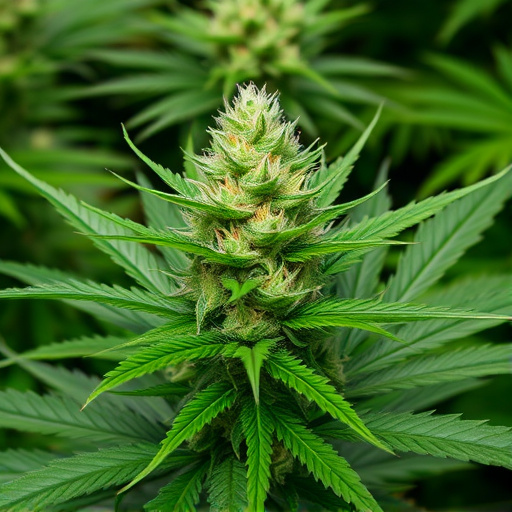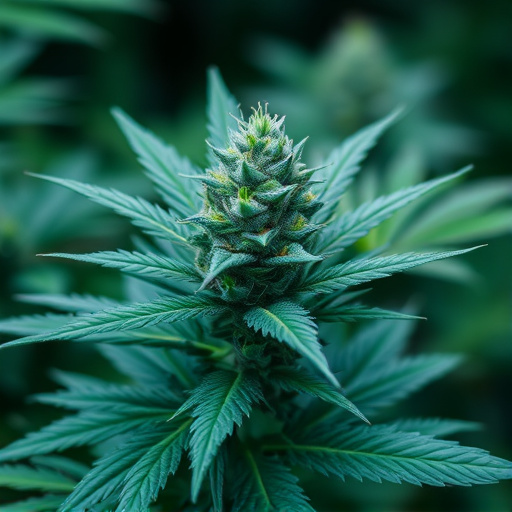Terpenes, aromatic compounds in Cannabis sativa strains, significantly impact scent, flavor, and therapeutic outcomes. Different terpenes like myrcene (sedative) and limonene (uplifting) interact with cannabinoids to create diverse experiences. Understanding terpene profiles helps users make informed choices for personalized cannabis experiences based on their preferences and desired effects.
Terpenes, the aromatic compounds in cannabis flowers, offer more than just a distinct scent. These volatile oils play a crucial role in the plant’s unique characteristics and potential therapeutic benefits. This article explores the fascinating world of terpenes, delving into their impact on cannabis aroma and their interaction with cannabinoids within cannabis sativa strains. Understanding terpenes provides insights into the diverse effects experienced by consumers.
- Understanding Terpenes: The Aroma and Potential Benefits
- Cannabis Sativa Strains and Their Terpene Composition
- How Terpenes Interact with Cannabinoids in Cannabis Flowers
Understanding Terpenes: The Aroma and Potential Benefits

Terpenes, often referred to as the “aroma compounds” in cannabis, are natural volatile oils produced by various plants, including Cannabis sativa strains. They contribute significantly to the distinctive scent and flavor profiles we associate with different cannabis varieties. More than just providing a sensory experience, terpenes have gained attention for their potential therapeutic benefits. Research suggests they can interact synergistically with cannabinoids like THC and CBD, enhancing or modifying their effects. For instance, myrcene, found in many cannabis strains, is known for its sedative properties, often leading to relaxation and sleepiness. Similarly, limonene offers a refreshing citrusy aroma and is linked to mood elevation and stress reduction. Understanding terpenes allows cannabis enthusiasts and medical users to make informed choices, as specific terpene profiles can cater to different preferences and desired effects, whether it’s a relaxing evening or an energizing midday boost.
Cannabis Sativa Strains and Their Terpene Composition
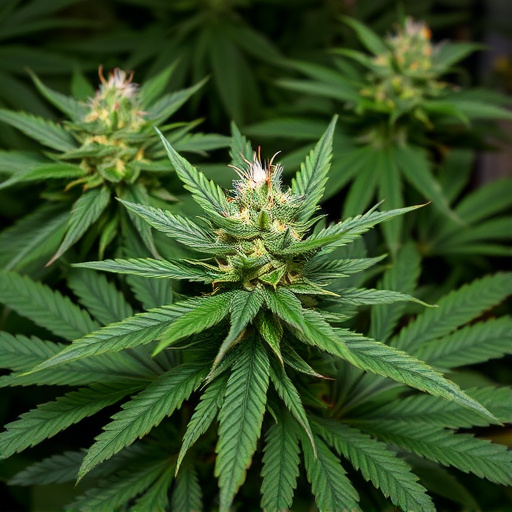
Cannabis sativa strains are renowned for their diverse terpene profiles, which contribute significantly to the unique experiences and effects associated with different varieties. Terpenes, aromatic compounds produced by plants, play a pivotal role in shaping the scent, flavor, and potential therapeutic benefits of cannabis flowers. Each cannabis sativa strain possesses its own signature blend of terpenes, leading to varied effects on users. For instance, strains rich in myrcene are known for their earthy, musky aroma and sedative properties, making them popular choices for relaxation and pain relief. On the other hand, limonene-dominant strains offer a citrusy fragrance and are often linked to uplifting, energizing effects.
Beyond myrcene and limonene, cannabis sativa strains showcase a wide range of terpenes like linalool (flowery, lavender-like), pinene (resinous, pine-scented), and terpinolene (woody, medicinal). The interplay of these terpenes contributes to the complex sensory experience and potential therapeutic advantages offered by different sativa strains. Understanding terpene composition is essential for cannabis enthusiasts seeking tailored experiences based on their desired effects and preferences.
How Terpenes Interact with Cannabinoids in Cannabis Flowers
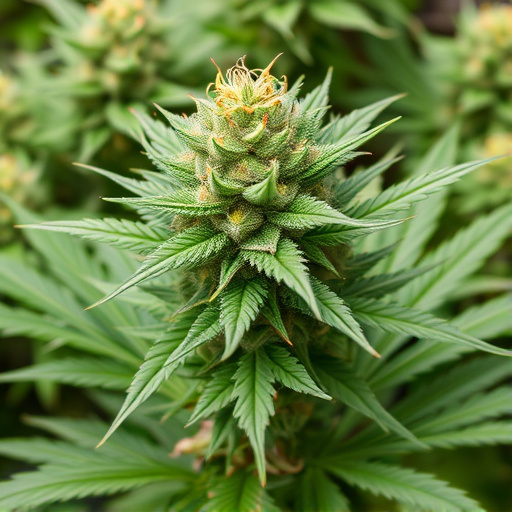
In cannabis flowers, terpenes and cannabinoids work together in a complex dance, contributing to the unique effects and aromas associated with different cannabis sativa strains. Terpenes, aromatic compounds responsible for the plant’s distinct scents, interact synergistically with cannabinoids like THC and CBD. This interaction occurs through a process where terpenes bind to cannabinoid receptors in our bodies, influencing how we perceive and experience the cannabis.
Each terpene brings its own set of properties, such as myrcene, limonene, and linalool, each contributing to the overall profile of the cannabis. For example, myrcene is known for its earthy, musky scent and has sedative effects, while limonene offers a bright, citrusy aroma and may induce feelings of uplift and focus. This interplay between terpenes and cannabinoids creates a diverse range of therapeutic benefits and recreational experiences, making every cannabis sativa strain a unique blend of aromas and effects.
Terpenes, the aromatic compounds found in cannabis sativa strains, play a pivotal role in creating the unique scents and potential therapeutic effects of different varieties. Understanding their interaction with cannabinoids enhances our appreciation for the complex chemistry behind this plant. By exploring specific terpene profiles in various cannabis sativa strains, consumers can make informed choices to suit their desired aroma and potential benefits, ensuring a more personalized and enjoyable experience.
